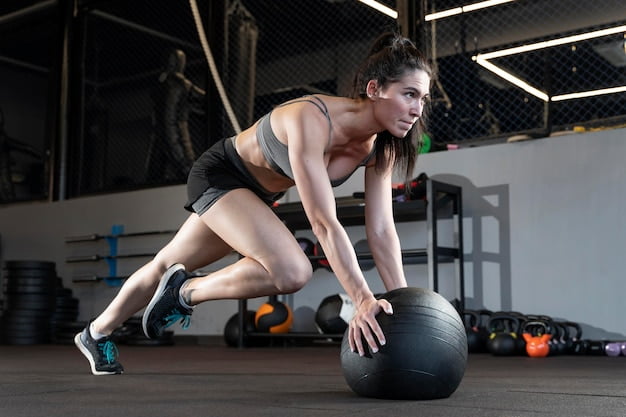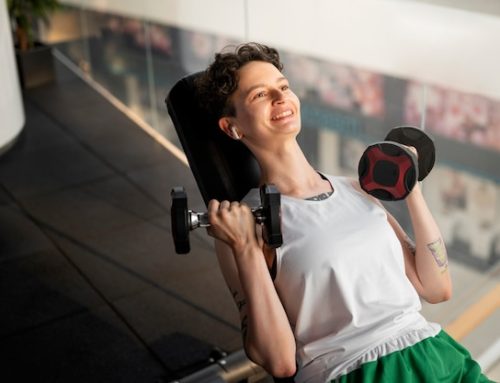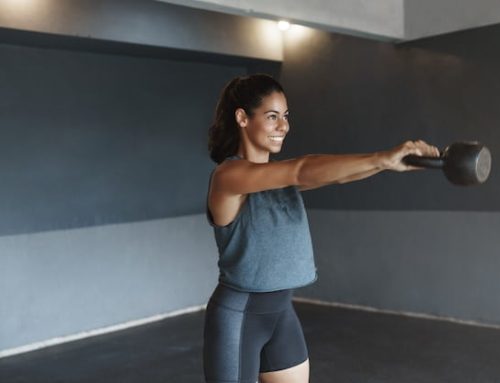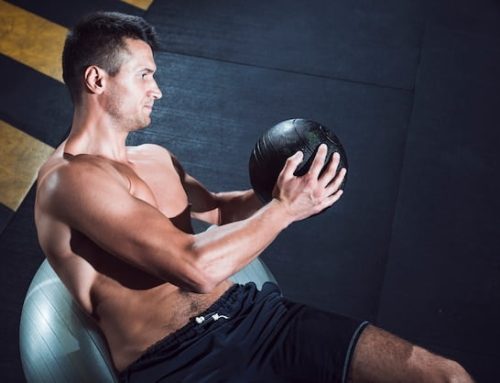Introduction
Kettlebell training is one of the most popular and effective tools for fitness enthusiasts. It offers a unique way of working out that is challenging, fun, and allows you to build your strength and endurance. However, one of the most frustrating things that people often encounter when starting their kettlebell training is the strange phenomenon of feeling that the kettlebell is heavier than it actually is. In this article, we’ll explore why kettlebells feel heavier and offer some tips on how to overcome this issue.
The physics behind kettlebell weight
The weight of a kettlebell is not the same as the weight of other gym equipment. The shape of the kettlebell, with its thick handle and spherical body, causes the weight to be unevenly distributed. The center of gravity of a kettlebell is in the ball, which is not the case with other free weights, where the center of gravity is more evenly spread throughout the length of the weight. This means that when you lift a kettlebell, the weight is distributed differently, which makes it feel heavier than it actually is.
The role of muscle recruitment
Another reason why kettlebells feel heavier is due to the way they recruit your muscles. Kettlebell exercises are full-body movements that require you to use your entire body, rather than isolating specific muscle groups. When you perform a kettlebell swing or clean, for example, you are using your legs, back, shoulders, and arms simultaneously. This means that you are using more muscle fibers than you would with isolated exercises, and the added effort required makes the kettlebell feel heavier.
The impact of grip strength
Your grip strength also plays a significant role in how heavy a kettlebell feels. The kettlebell’s thick handle requires you to use a stronger grip, which can be difficult for beginners. Your grip strength is also limited by the strength of your forearms and wrist extensors, which can easily fatigue during kettlebell exercises. When your grip and forearm strength start to fail, the kettlebell feels even heavier, which can make it challenging to complete your sets.
Overcoming the feeling of a heavy kettlebell
Now that you understand why kettlebells feel heavier, let’s explore some tips on how to overcome this issue. The first thing to keep in mind is that with time and practice, your body will adapt to the unique weight distribution and muscle recruitment of kettlebells. In the meantime, there are some things you can do to help alleviate the feeling of a heavy kettlebell.
Choose the right weight
The weight of your kettlebell is essential for your success in training. If you choose a weight that is too heavy, you will struggle to complete your sets and risk injury. On the other hand, if you choose a weight that is too light, you will not challenge yourself enough to make progress. Pay attention to your form and adjust the weight accordingly.
Train your grip strength
Since grip strength is a significant factor in how heavy the kettlebell feels, it is essential to train your grip strength regularly. You can use grip strengtheners or perform exercises that target your forearms such as farmer’s walks and wrist curls. As your grip strength improves, the kettlebell will feel easier to handle.
Focusing on technique
Kettlebell training is all about technique. Proper form and technique are essential for efficient movement and preventing injury. By focusing on your technique, you can reduce the strain on your muscles, which will make the kettlebell feel lighter. Take the time to learn proper technique and practice until it becomes second nature.
Conclusion
Kettlebell training is an effective way to build strength and endurance, but it can be challenging to get used to the unique weight distribution and muscle recruitment of the kettlebell. By understanding why kettlebells feel heavier and following the tips outlined in this article, you can overcome this challenge and make progress in your training. Remember to choose the right weight, train your grip strength, and focus on technique to make the most out of your kettlebell workout. Happy lifting!





